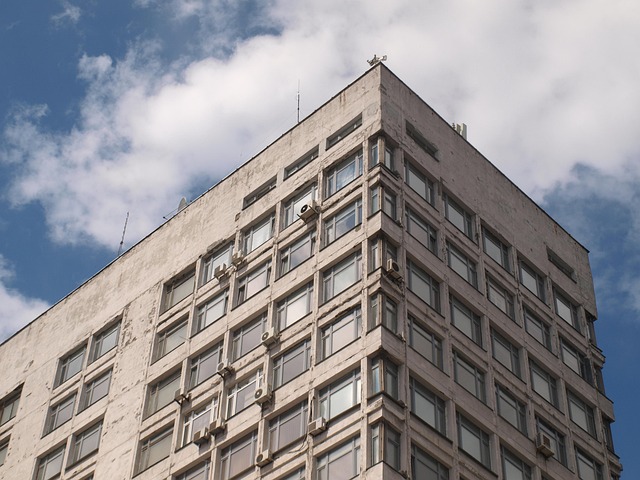The world of art and design is a boundless space where creativity thrives and ideas converge. One particularly fascinating movement that embodies this synergy is Constructivism. Emerging in the early 20th century, this avant-garde art movement is not merely a style, but a philosophy that seeks to integrate art with everyday life, blurring the lines between artistic expression and functional design.
At its core, Constructivism is defined by its emphasis on a collective experience, often manifested in geometrical forms, bold colors, and innovative materials. Artists like Vladimir Tatlin and Aleksandr Rodchenko paved the way for this movement by advocating for art’s role in social change. They believed that art should serve a purpose, engage the viewer, and impact society directly. This idea resonates with many contemporary artists and designers who strive to turn their work into a dialogue with the world.
Constructivism transcends traditional painting techniques. It challenges artists to reconsider the very nature of their medium. Instead of creating art purely for aesthetic pleasure, Constructivist painters invite viewers to reflect on the function of the artwork. The use of mixed media, industrial materials, and abstract forms allows for a dynamic interaction with the audience; each piece becomes a conversation starter, sparking thoughts on cultural, social, and political issues.
This style of painting bridges the gap between fine art and design, allowing artists to become architects of ideas rather than just creators of visuals. The principles of Constructivism can be observed in contemporary graphic design, architecture, and even product design, showcasing its lasting impact. Designers draw inspiration from the Constructivist ethos, incorporating simplicity, functionality, and bold visual language into their works.
As we explore Constructivism in painting, we find that it doesn’t only define a historical moment but continually influences how we view and interact with art today. This integration of art and design invites us to reconsider how both fields can work together. Just as a Constructivist painting might evoke a deeper understanding of society, modern designers can use similar principles to craft experiences that are both meaningful and aesthetically pleasing.
For those who appreciate the intersection of these two worlds, diving into the legacy of Constructivism can be an enlightening experience. Whether you’re flipping through an art book or wandering through a gallery, allow yourself to see beyond the surface. Notice how the clean lines, vibrant colors, and thoughtful arrangement of elements in Constructivist works invite you not just to admire but to contemplate. Art and design, when fused with intention and purpose, can inspire change in our surroundings and ourselves.



